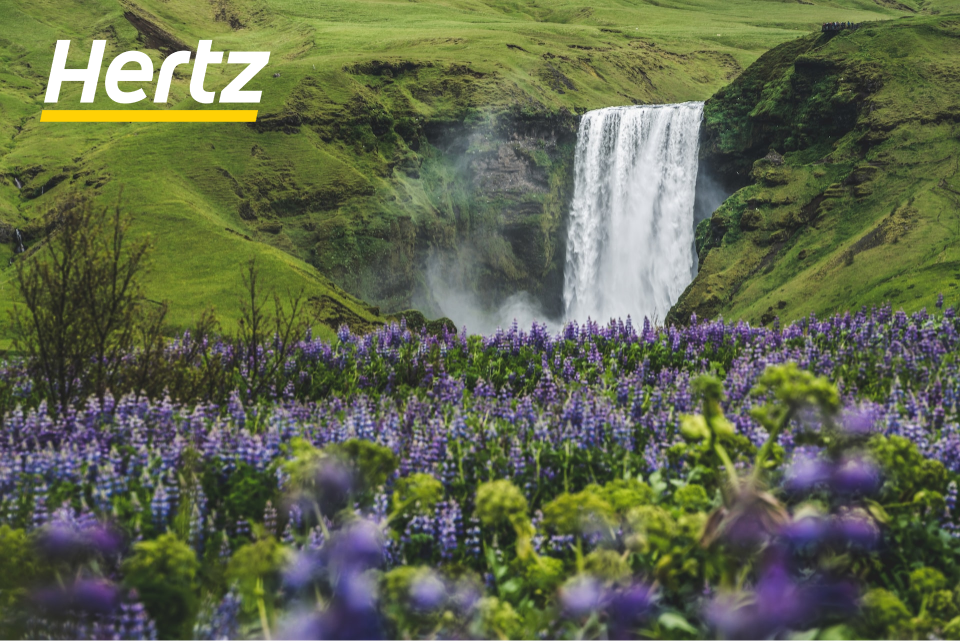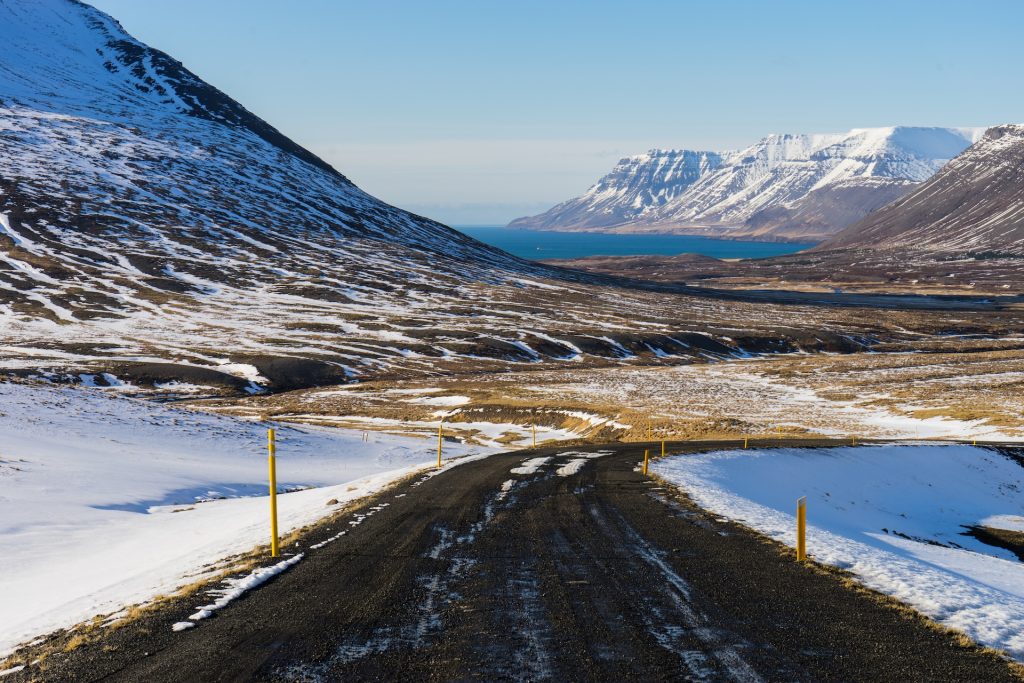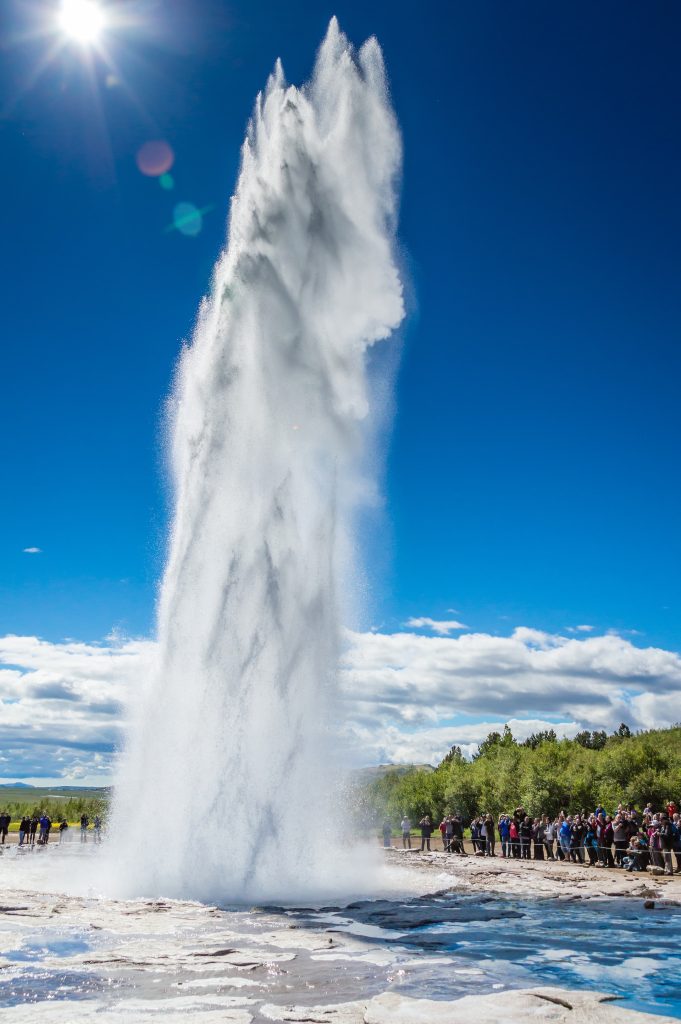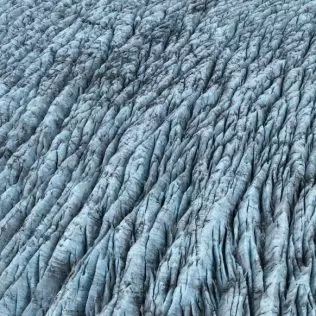Iceland is called Iceland because early explorers, especially the Viking Flóki Vilgerðarson, saw its icy northern coast and named it after the ice they encountered. Additionally, in the Icelandic language, the name “Ísland” directly translates to “Land of Ice,” reflecting the country’s northern glaciers and ice sheets.
But as you’ll soon find out, Iceland is much more than just ice. The story behind Iceland’s name is full of fascinating twists, involving early explorers, clever naming strategies, and a bit of ancient Viking drama. Let’s dive into why Iceland is called Iceland and bust some of the myths along the way.

Early Iceland: A Land of Discovery
When the first settlers arrived in Iceland over a thousand years ago, they were exploring a place that was mostly unknown to the rest of the world. One of the early explorers, Garðar Svavarsson, named the land Garðarshólmur (Garðar’s Isle) after himself. But the name didn’t stick. Later on, Norsemen and Vikings showed up, and they had other ideas about what this new land should be called.
Back then, Iceland wasn’t as icy as the name suggests—it was actually warmer than it is today! Yes, there were ice sheets and fjords full of icebergs, but there were also plenty of green pastures and fertile lands. The early settlers must have been amazed by the mix of fire and ice they found.
The Influence of the Norsemen and Vikings
So, how did Iceland get its chilly name? The story goes that a Viking named Flóki Vilgerðarson was the one who gave Iceland its name. After a tough winter where his livestock starved to death, he climbed a mountain and saw that much of the land was covered in ice. In a fit of disappointment—or maybe just to be dramatic—he decided to call it Iceland.
But there’s another interesting angle: Erik the Red, another famous Viking, named the neighboring land Greenland. This was likely a strategic move to attract settlers by making Greenland sound more appealing than it really was. In reality, Greenland was much icier than Iceland! It’s a bit of Viking marketing at its best.

Climate and Geography: Debunking Myths
Contrary to what the name suggests, Iceland is not just a giant block of ice. While it does have glaciers and ice sheets, much of Iceland is green and vibrant, especially in the summer. The name Iceland might make you think it’s always cold and snowy, but in reality, it’s a country of contrasting landscapes, from volcanoes to hot springs and lush valleys.
At the time of the Vikings, Iceland was warmer than it is today, which made it more habitable. They were able to farm and raise animals, even though they sometimes faced harsh winters where livestock starved to death. So, the name Iceland doesn’t really paint the full picture of this diverse and beautiful country.
Cultural and Historical Context
Iceland’s name isn’t just about ice—it’s also wrapped up in its history and culture. The Icelandic sagas, which are ancient stories passed down through generations, tell us a lot about how people lived and thought back then. During those times, Iceland was under the influence of the court of Norway, and many of the settlers had connections to Norway. Despite various names that the land might have had, “Iceland” was the one that stuck.
Legends and Personal Stories
The legends of Iceland are full of adventure and personal drama. One famous story involves Erik the Red, who was banished from Iceland because of a feud that ended in violence. After leaving Iceland, he set sail and ended up discovering Greenland. Despite its icy landscape, he called it Greenland, likely to attract more settlers by making it sound nice and green. The naming of Iceland, on the other hand, was a bit more straightforward, possibly influenced by its icy northern coast.
There are also tales of people climbing mountains and exploring the land, giving names to places based on their experiences. One sad story tells of a settler whose daughter drowned in the icy waters, adding a personal and tragic layer to the Icelandic landscape.

Comparisons with Greenland and Other Lands
So why isn’t Iceland called something else, like Greenland? The Vikings, with their flair for storytelling and drama, ended up giving names that don’t quite match the reality of the land. Greenland, or Kalaallit Nunaat, which means “land of the people,” is far more icy than Iceland, but Erik the Red’s clever naming trick worked—people were more eager to settle in a place that sounded green and fertile.
Comparing Iceland and Greenland’s names is like looking at a thousand-year-old marketing strategy: make the place sound appealing, or in the case of Iceland, perhaps a little intimidating. But today, both names stand as reminders of the adventurous spirit of the Vikings and the landscapes they discovered.
To conclude
Iceland might sound like a cold, icy place, but its name only tells part of the story. From its early days when settlers arrived and found a land of contrasts, to the tales of Erik the Red and Flóki Vilgerðarson, the name Iceland has stood the test of time, even if it’s not the most accurate description of the land. Next time you think of Iceland, remember it’s more than just ice—it’s a land of fiery volcanoes, green valleys, and rich history.
Ready to explore Iceland’s rich history and stunning landscapes yourself? Plan your trip with Hertz Iceland and discover the true Iceland beyond the name. From exploring ancient Viking sites to driving through the lush valleys and icy fjords, there’s no better way to experience this incredible country than with a self-drive tour. Rent your car today and start your Icelandic adventure!







